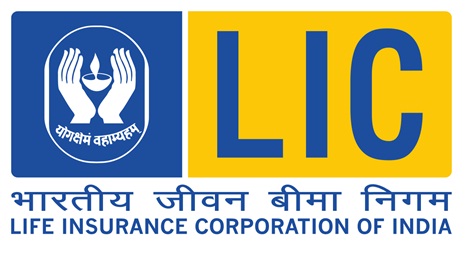As per Budget 2017 proposed by our Fin. Minister on 01.02.2017 new revised income tax rates in case of every individual (other than those mentioned in (ii) and (iii) below or HUF family or every Association of Persons or Body of Individuals, whether incorporated or not, or every Artificial Judicial person referred to in Sub-clause (VII) of Clause (31) of Section 2 of the Act (not being a case to which any other Paragraph of Part III applies) are as under : -
|
BUDGET 2017- PROPOSED
|
||||
|
|
||||
|
INCOME TAX RATE CHART FOR F.Y. 2017-18
|
||||
|
|
||||
|
INCOME LIMIT
|
TAX RATE
|
SAVE
AMOUNT
|
||
|
F.Y. 2016-17
|
F.Y. 2017-18
|
|||
|
|
||||
|
INDIVIDUAL TAX PAYERS (BELOW
60 YEARS)
|
UPTO 2.5 LAKH
|
NIL
|
NIL
|
NIL
|
|
2.5 LAKH – 5 LAKH
|
10%
|
5%
|
12500
|
|
|
5 LAKH – 10 LAKH
|
20%
|
20%
|
12500
|
|
|
10 LAKH - ABOVE
|
30%
|
30%
|
12500
|
|
In the case of every individual, being a resident in India, who is of the age of sixty years or more but less than eighty years at any time during the previous year -
|
BUDGET 2017- PROPOSED
|
||||
|
|
||||
|
INCOME TAX RATE CHART FOR F.Y. 2017-18
|
||||
|
|
||||
|
INCOME LIMIT
|
TAX RATE
|
SAVE
AMOUNT
|
||
|
F.Y. 2016-17
|
F.Y. 2017-18
|
|||
|
|
||||
|
INDIVIDUAL TAX PAYERS (BETWEEN
60 YRS –
80 YRS
|
UPTO 3.0 LAKH
|
NIL
|
NIL
|
NIL
|
|
3.0 LAKH – 5 LAKH
|
10%
|
5%
|
10000
|
|
|
5 LAKH – 10 LAKH
|
20%
|
20%
|
10000
|
|
|
10 LAKH - ABOVE
|
30%
|
30%
|
10000
|
|
In the case of every individual, being a resident in India, who is of the age of 80 years or more at anytime during the previous years -
|
BUDGET 2017- PROPOSED
|
||||
|
|
||||
|
INCOME TAX RATE CHART FOR F.Y. 2017-18
|
||||
|
|
||||
|
INCOME LIMIT
|
TAX RATE
|
SAVE
AMOUNT
|
||
|
F.Y. 2016-17
|
F.Y. 2017-18
|
|||
|
|
||||
|
INDIVIDUAL TAX PAYERS (ABOVE
80 YRS
|
UPTO RS.5 LAKH
|
NIL
|
NIL
|
NIL
|
|
5 LAKH – 10 LAKH
|
20%
|
20%
|
NIL
|
|
|
10 LAKH - ABOVE
|
30%
|
30%
|
NIL
|
|
The amount of income tax computed in accordance with the preceding provisions of he Paragraph shall be increased by a surcharge at the rate of :-
(1) 10% of such Income Tax in case of a person having a total income exceeding Rs.50.00 Lakhs but not exceeding Rs.1.00 Crore.
(2) 15 % of such Income Tax in case of a person having a total income exceeding Rs.1.00 Crore.
*Rebate U/s 87A is applicable as earlier for those whose income is below Rs.5.00 Lakh.
From AY 2018-19, this rebate shall be available only for
individuals having income up to Rs. 3,50,000/-
Further up to AY 2016-17, rebate u/s 87A was restricted to Rs.
2,000/- .
Rebate was later increased to Rs. 5,000/- w.e.f. AY 2017-18.
Now,
w.e.f. AY 2018-19, rebate has been deflated to Rs. 2500/-.
It means, having regard to exemption limit of Rs. 2,50,000/-, tax
could have bill NIL for Income up to Rs. 2,70,000/- up to AY 2016-17.
For AY
2017-18, tax could be NIL on Income up to Rs. 3,00,000/-.
For AY 2018-19, tax again
would be NIL up to 3,00,000/-, because of tax rate being reduced to 5%.
Hence the reduction in tax rate by 5% has been compensated by reducing
rebate u/s 87A.











